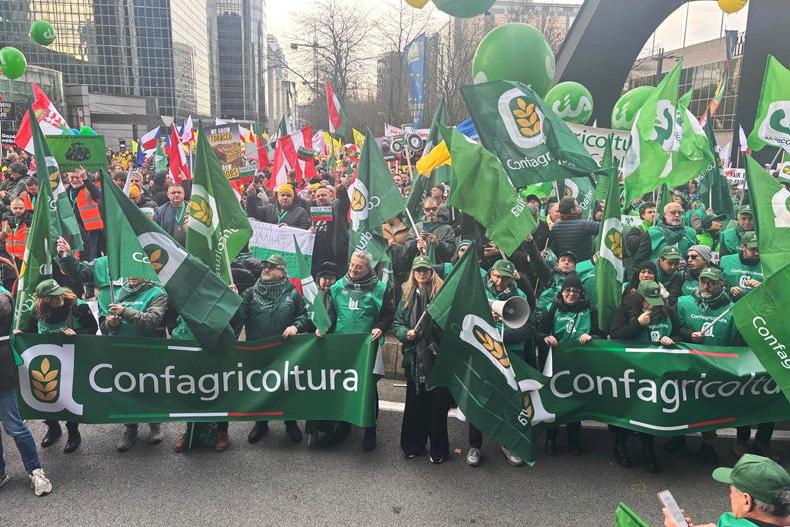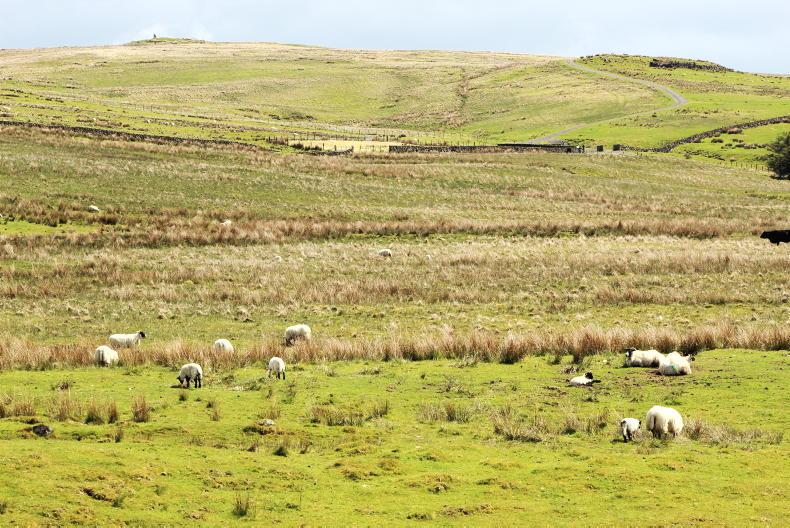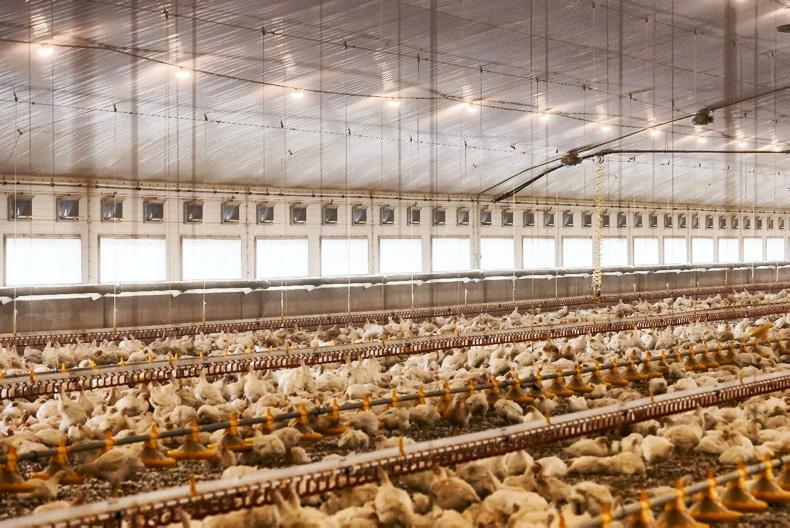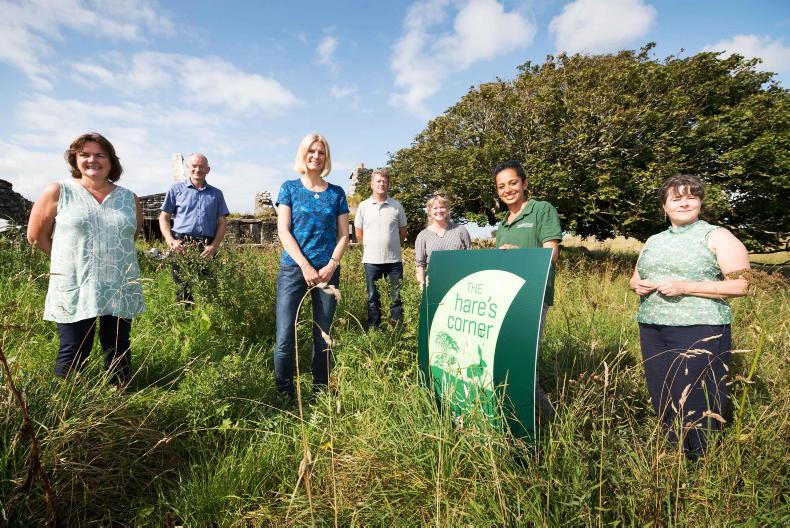A total of 5,500 farmers have signed up to the barn owl action under the Agri-Climate Rural Environment Scheme (ACRES).
Birdwatch Ireland’s John Lusby told a Teagasc Signpost webinar that the measure is being implemented well on many farms. Under the scheme, farmers receive a payment of €36.48 per unit per year. Across the five-year scheme, farmers can net €182.40.
“It’s very much the right action in right place,” he said, adding that barn owl boxes can have huge benefits for biodiversity if placed appropriately. He said it is important to get it right from the start in relation to nest box placement.
“There’s a lot of farmland birds that are in trouble and have declined. The barn owl species has declined quite significantly over the last 50 years or so,” he said. Barn owls remain a red-listed bird of conservation concern.
Recovery
He said that in recent times “we’ve seen the start of a population recovery for barn owls”.
“That’s something that gives hope and puts the onus on us to implement measures to ensure the population continues to increase,” he said.
Nest boxes are an important measure in areas with limited availability of nest sites such as old farm buildings, vacant houses and older trees with cavities. “There are close to 200 barn owl pairs nesting in boxes" mostly thanks to farmers, he said.
“With the barn owl action, it’s nothing new. In generations past, farmers were trying to encourage them to nest on their farms to control rodents.
Rat poisons
"A large part of their diet is rodents and to have them nesting close by can have huge benefits in terms of rodent control,” he added.
However, he said that because barn owls feed on small mammals which are susceptible to ingesting rat poison, rodenticide can pose a threat to the bird.
“We don’t want a situation where we put up a nest box but have a negative effect by not using rodenticides appropriately."










SHARING OPTIONS